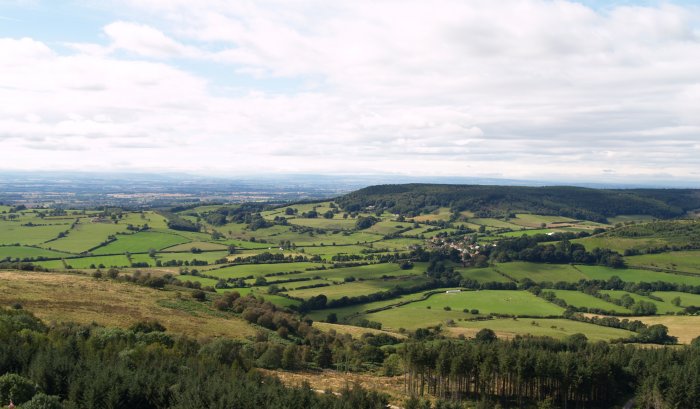On 22nd May 2008 the Cambrian News published a letter from a Dr David Lewis with the heading, ‘Assembly stubbornly refused to answer our questions’. As Dr Lewis is the chairman of the Snowdonia Society’s Policy Committee, and therefor at the heart of the campaign to prevent Kemble Air Services’ taking over Llanbedr Airfield, it is reasonable to suppose that he would take this opportunity to make the best possible case for the society’s opposition.
Here is the first sentence of Dr Lewis’ letter:
Everyone in Ardudwy would like to see new jobs make up for those lost when Llanbedr airfield was closed four years ago.
Now, at first glance, there is nothing in the least bit controversial here, but who exactly is this Dr Lewis Continue reading »


Recent Comments